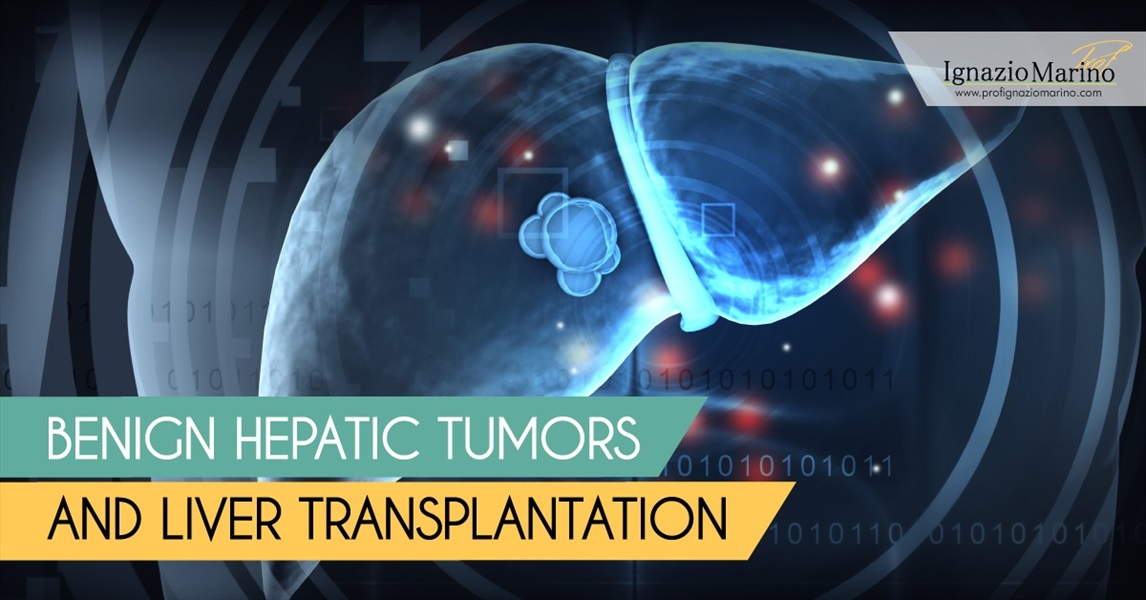Benign Hepatic Tumors and Liver Transplantation: A Literature Review
Maria Irene Beiiini, Augusto Lauro, Vito D'Andrea, Ignazio R. Marino
Abstract
Management of benign liver tumors represents still an open debate, with no clear guidelines for patient selection, treatment options, and indications to surgical intervention. Usually, most of these diseases are conservatively treated, in view of their low potential malignancy and incidental diagnosis. However, when the lesions are symptomatic, with a major hepatic parenchyma involvement or life-threatening complications, liver transplant represents the only curative option. The scope of this review is to present an up-to-date state of the art of transplantable benign hepatic neoplasms.
Key words: Hepatic neoplasms, Polycystic liver disease, Transplantation
Introduction
The widespread use of imaging tests, mostly ultrasonography, has led to an increase in the detection of benign liver solid tumors. In the United States, the reported incidence is approximately 20%, exceeding the number of malignant tumors by a 2-to-1 ratio. Most of these benign lesions generally remain asymptomatic over the course of the years; however, they may cause pressure on adjacent structures, leading to abdominal pain, discomfort, and early satiety. Other described symptoms include fever, jaundice, dyspnea, high-output cardiac failure, and hemobilia, with possible compression of the vena cava and biliary structures.
A surgical approach for benign liver lesions accounts for 5% to 10% of patients, with surgery mainly involving either enucleation or resection, due to a better knowledge of liver anatomy, refinements in surgical techniques and minimally invasive surgery, and enhanced postoperative care. As a consequence, today, an increasing number of patients with benign lesions are considered for surgical treatment.
Rarely, benign lesions require orthotopic liver transplant (OLT), as in the case of giant dimension lesions or complete replacement of the hepatic parenchyma. Other indications for OLT include preneoplastic lesions with high risk of malignant transformation, those that have associations with metabolic diseases, and cases of rupture or increased risk of life-threatening complications. A list of the most common benign hepatic tumors treatable with liver transplant is presented in Table 1.
The aim of the present review is to provide the state of the art of indications and long-term results for OLT in cases of benign hepatic lesions, where, in addition to organ donor shortages, there is also the ethical dilemma in which symptom burden is weighed against the risks of long-term immunosuppression and a complex surgical procedure.
| Table 1. Benign Hepatic Tumors Treatable With Liver Transplant |
|---|
| Polycystic liver disease |
| Hepatic adenoma/hepatic adenomatosis Hepatic hemargioma |
| Caroli's disease and syndrome |
| Focal nodular hyperplasia |
| Nodular regenerative hyperplasia |
| Lymphangiomatosis of the liver |
[...]
 06.60301809
06.60301809






